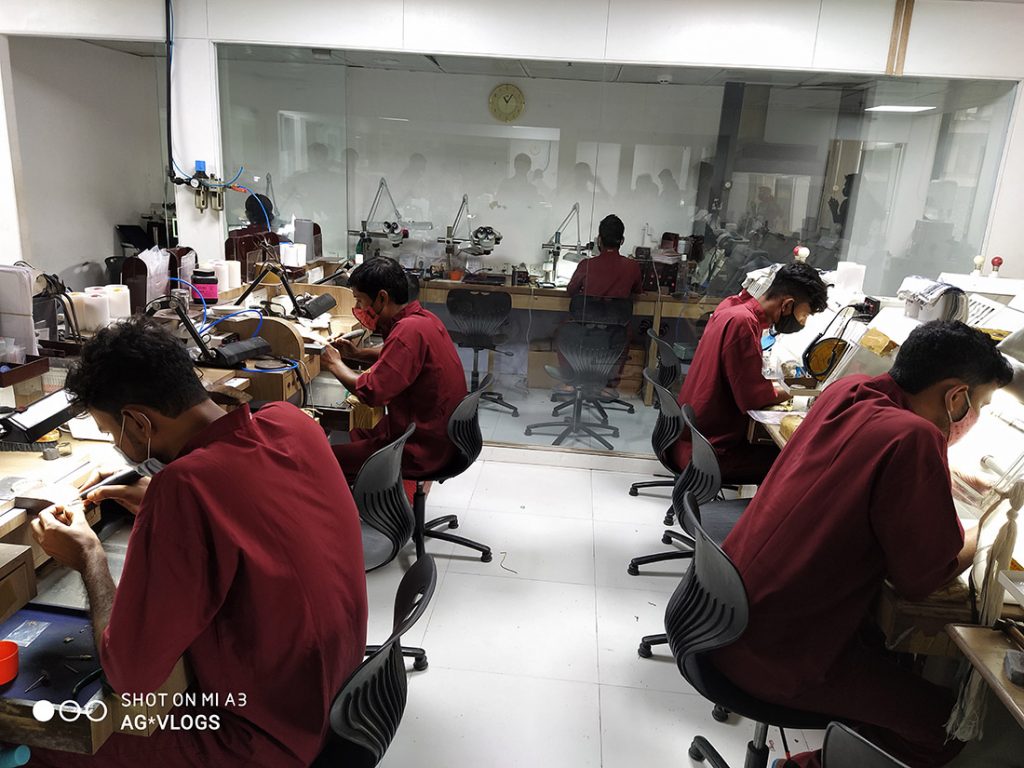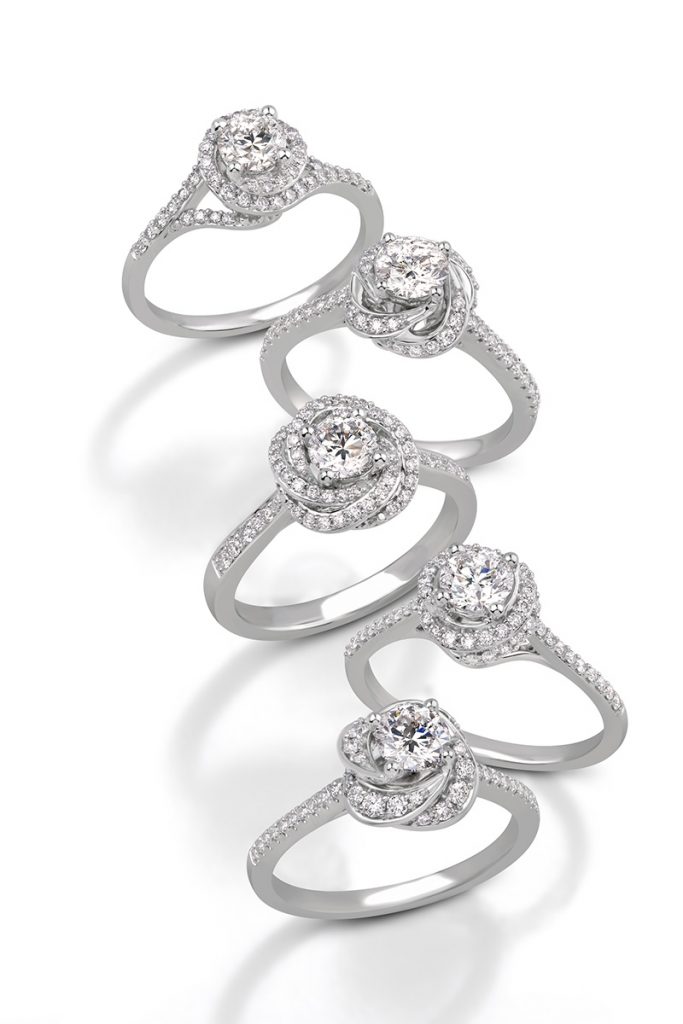Sanjay Shah, Partner, KBS Group, and GJEPC Convener, Diamond Panel, reveals the diamond categories currently witnessing heavy demand in global markets and shares the company’s outlook for polished exports in 2021.
The KBS Group, a diamond business with global reach and standing, is divided into three key operations – diamond manufacturing, polished diamond trading and jewellery manufacturing. Although independent, these operations are integrated by a customer-centric approach and underpinned by strong, long-standing relationships. KBS has been one of the largest exporters out of SEEPZ (Special Economic Zone) for the past seven years. KBS is a fourth-generation family-run organisation.
What is your assessment of the current state of the Indian polished diamond market? Would you say the market has reached a balance of demand and supply?
To give you a sense of the entire supply chain — the wrath of the second Covid wave led to a significant reduction in the capacity utilisation of major diamond manufacturing centres due to the migration of labour to their respective hometowns. Simultaneously, the industry witnessed a surge in demand for polished diamonds and diamond-studded jewellery exports. We are currently witnessing a healthy balance between demand and supply.
Are the strong international retail jewellery sales translating to the wholesale polished market? Which are your best performing overseas markets for polished diamonds? What is the current demand level vs. 2019?
Net exports of cut and polished diamonds from January to May 2021 came in at $7.347 billion compared to $6.299 billion, up 16.7% when compared to the same time period in 2019. The USA, Hong Kong and China have been the best performing markets for polished diamonds year to date. Both respective geographies have seen healthy same store sales growth at the retailer level, which is currently being reflected in the wholesale demand for rough and polished diamond markets. The USA has seen a $5 trillion pandemic era stimulus (more than triple the Great Recession-era aid) – a level practically unimaginable 10 years ago. From the latest round of $1,400 stimulus cheques per American to tax refunds cheques, the US jewellery market has witnessed healthy volume and value growth this year. Other dynamics could also have led to tailwinds for the sector, which include working from home, the inability to go on vacations or engage in other sources of entertainment have allowed the diamond and jewellery sector to grab more wallet share of the US consumers relative to previous years. We expect to see steady growth in demand from the USA and China in the near future.
Have you observed any “trends” in polished demand? How do your production levels vary by category (e.g. certified goods / 20 pointers+ / stars & full cuts below 18 pointers)?
The goods currently in demand are certified diamonds above 0.30 carat to 5 carats and goods below I1, I2 clarity range, which are predominantly used in rings and other pieces of jewellery. Certified goods which are 0.30 carat and up account for 50% of our rough diamond production, 20 pointers constitute about 40%, while stars & full cuts below 18 pointers make up the remaining 10%.
Are polished prices keeping pace with rough price increases by miners? Are rough prices rising due to strong retail demand or scarcity of supply or any other reason?
It is natural that as demand for polished diamonds increases, prices of rough too rise in conjunction. In such times, when the percentage increase in rough prices is greater than that of cut and polished diamonds, the polished diamond margins are compromised. Despite the second wave reducing production capacity, exports of polished diamonds and jewellery continued. However, as the situation on the ground improved, all of a sudden there was an acute shortage of rough felt by major manufacturers in India leading to a spike in rough diamond prices in May 2021. This supply-demand mismatch was exacerbated when major miners supplied less rough due to their inability to produce, citing the Covid-19 situation in mining towns. There is no single reason driving the momentum behind diamond price increases, it is rather a combination of multiple factors.

What is the difference between current polished production and pre-covid peak capacity levels?
From January to March this year the production was running at full capacity for polished diamonds and jewellery. Cut and polished diamond production dropped by 20-25% in April and May due the second Covid-19 wave. We are seeing early signs of production returning to pre-Covid levels in the coming months.
Is the 30 to 45-day turnaround time at the GIA Mumbai & Surat affecting order delivery times?
The 45-day turnaround time in GIA in the months of April and May created some shortage of cut and polished diamonds, which led to delays in execution of orders, but at present their turnaround time has reduced to 30 days and we are confident that they will reduce their turnaround time to the standard 10-15 days.
Can you estimate your company’s growth in polished exports for the full year 2021?
If the current momentum continues, KBS should see a polished diamonds revenue growth of 20-25% for the year. However, the current times are rather fluid and anyone that would make a statement out of confidence would prove to look silly in the coming months. Our strategy is to take one step at a time and evaluate the situation as it evolves. If the current momentum in demand for diamonds and jewellery continues, we could see a great finish to the year. However, as the economy re-opens we could see some moderation in growth estimates as the consumer dollars go away from diamond and jewellery into other sectors.



